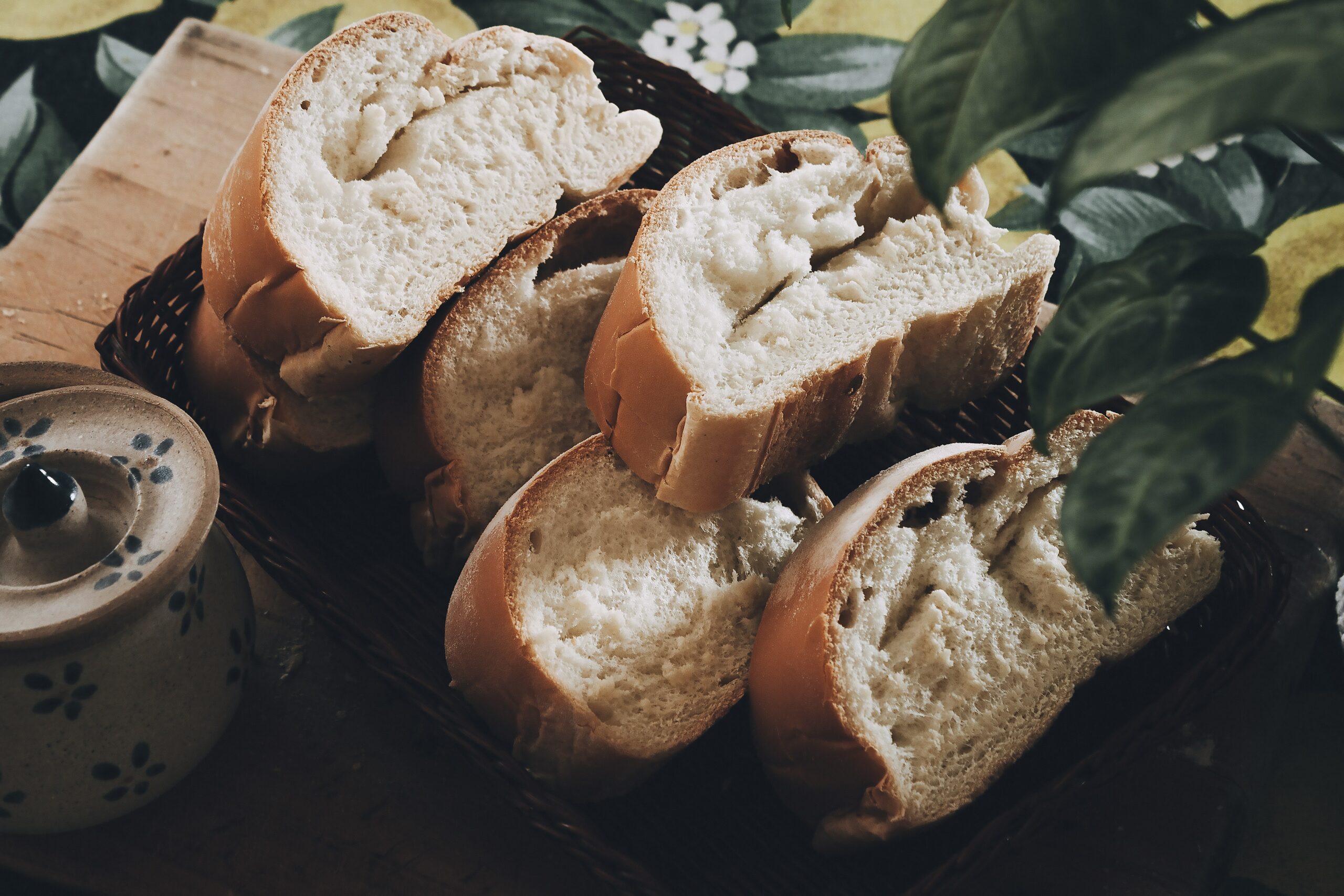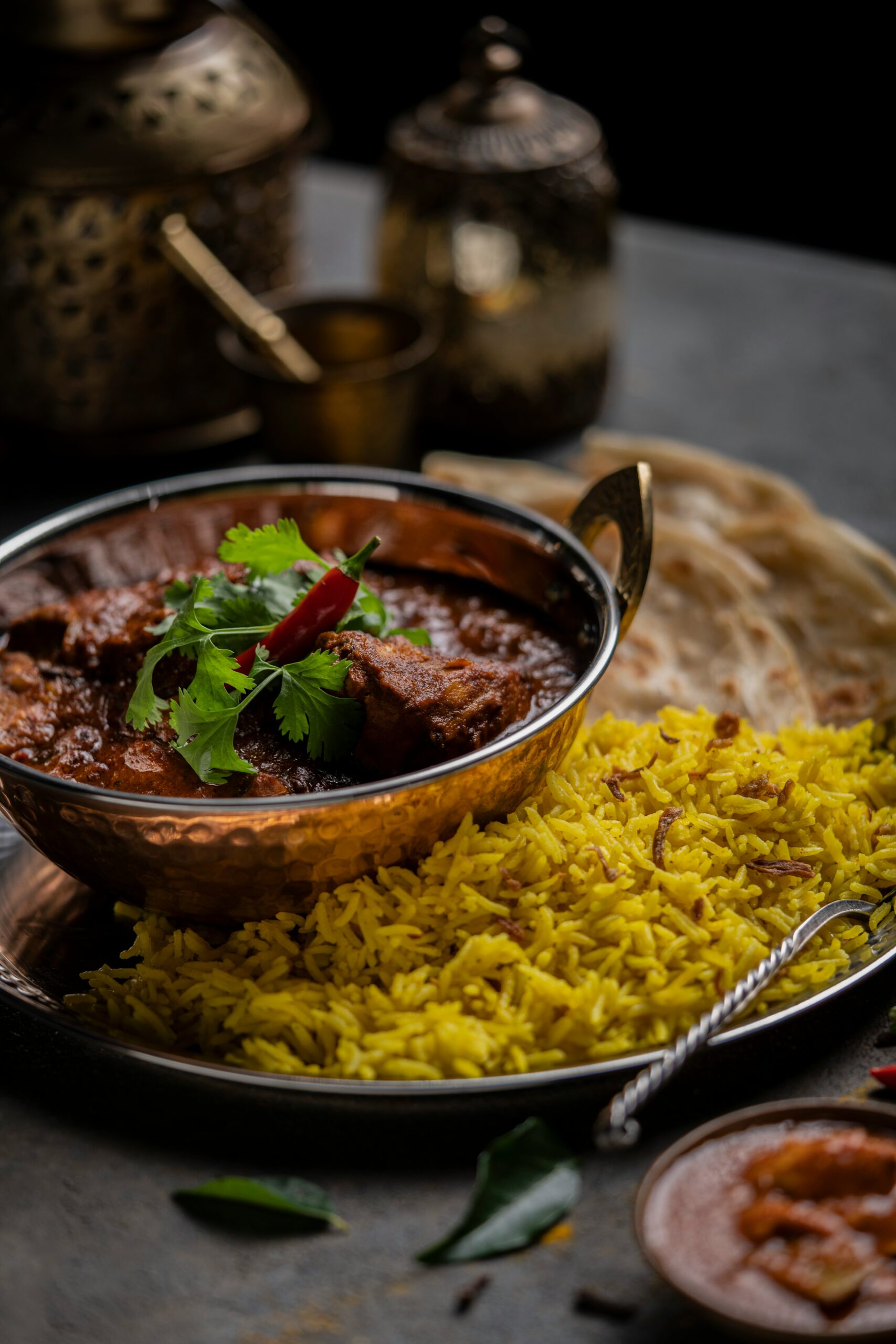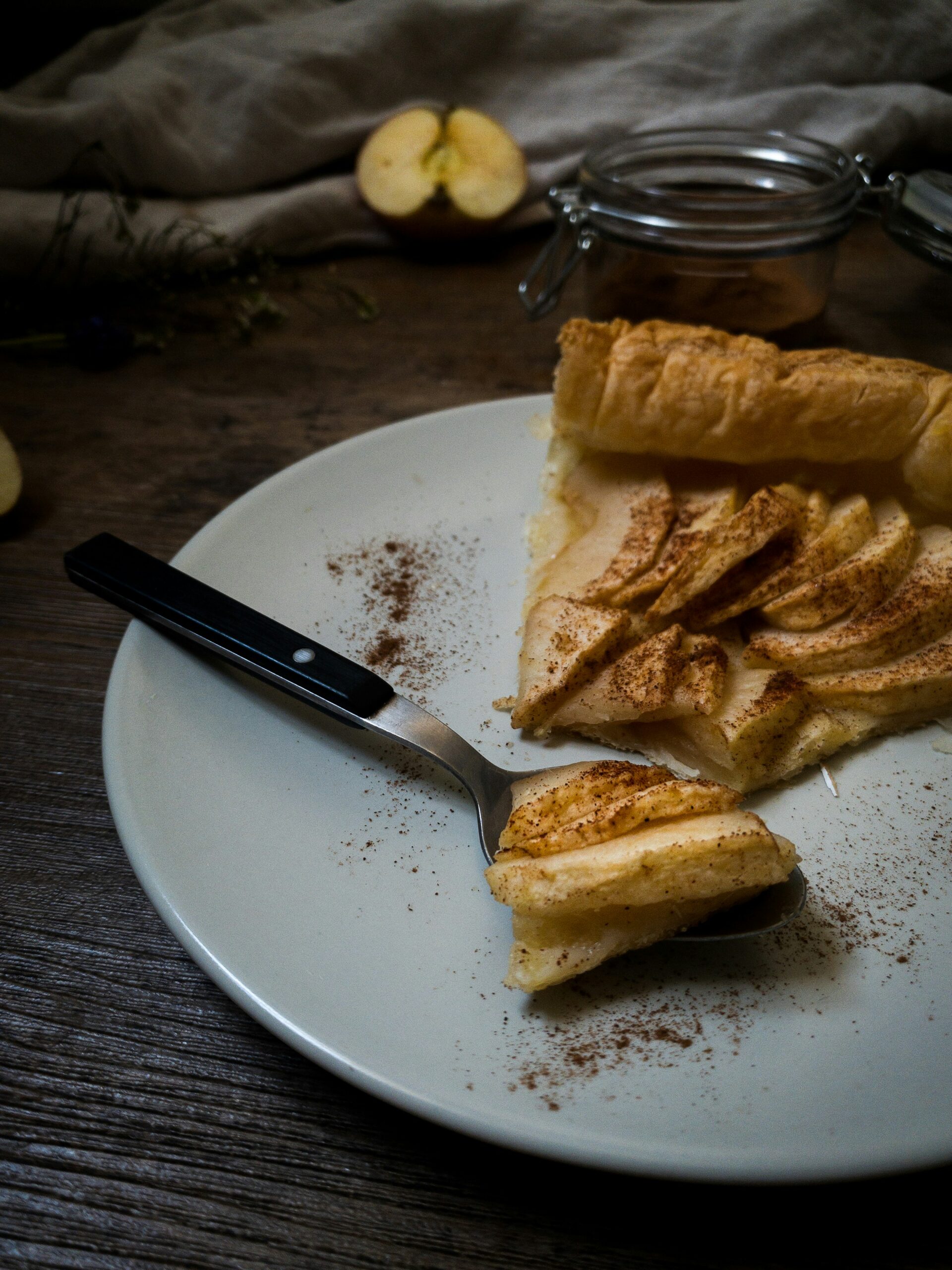Savoring Tradition: Exploring Timeless Recipes from Around the World
In a world that is constantly changing, where culinary trends seem to come and go faster than you can say “avocado toast,” there lies a treasure trove of timeless recipes that have stood the test of time. These dishes, steeped in tradition and culture, tell stories of families and communities, often passed down through generations. As I reflect on my own culinary journey, it strikes me that food is more than just sustenance; it’s a connection to our roots, a way to celebrate our heritage, and perhaps most importantly, a reason to gather around the table.
The Heart of Italian Cuisine: Pasta alla Carbonara
Ah, Italy! A country known for its rich history, stunning landscapes, and, of course, its food. When one thinks of Italian cuisine, pasta often comes to mind, and among the myriad of pasta dishes, few are as beloved as Carbonara. This dish hails from Rome and is a simple yet decadent combination of spaghetti, eggs, cheese, pancetta, and black pepper.
The origins of Carbonara, like many traditional recipes, are somewhat murky. Some say it was created by Italian charcoal workers (carbonari), while others believe it was influenced by American soldiers during World War II. Regardless of its beginnings, a plate of Carbonara evokes a sense of comfort and nostalgia. I remember the first time I had a truly authentic Carbonara; it was like a warm hug on a chilly evening.
To prepare this dish, you need:
- 400g spaghetti
- 150g pancetta or guanciale, diced
- 3 large eggs
- 100g Pecorino Romano cheese, grated
- Freshly ground black pepper
Cook the spaghetti until al dente. In a separate pan, sauté the pancetta until crispy. In a bowl, whisk together the eggs, cheese, and pepper. Combine everything while the pasta is still hot, allowing the heat to create a creamy sauce. It’s simple yet divine, and as you take that first bite, you can almost hear the laughter and chatter of an Italian family gathered for dinner.
A Taste of Mexico: Mole Poblano
Traveling south to Mexico, we encounter Mole Poblano, a dish that embodies the country’s rich culinary heritage. This complex sauce, made from a blend of ingredients including chili peppers, chocolate, spices, and nuts, is often served over turkey or chicken. The preparation of Mole is a labor of love, often taking hours, if not days, to perfect.
What’s fascinating about Mole is its regional variations; each area in Mexico has its own take on this iconic sauce. In fact, it was during a visit to Puebla that I first tasted a rich, velvety Mole that lingered on my palate long after the meal had ended. It was a reminder that some recipes are not just about taste, but the stories and traditions they carry. A chef I spoke with during my travels said, “Mole is the soul of Mexican cuisine.” And honestly, who could argue with that?
The ingredients for a classic Mole Poblano often include:
- 6 dried ancho chilies
- 2 tablespoons sesame seeds
- 1 teaspoon cinnamon
- 1/2 cup bittersweet chocolate
- 2 garlic cloves, minced
- 1 onion, chopped
- Chicken broth
Each ingredient plays a crucial role, and the process of toasting and blending them creates a deep, complex flavor that is nothing short of magical. The richness of the chocolate balances the heat of the chilies, resulting in a dish that is both sweet and savory—just like life itself.
Japanese Simplicity: Ramen
When it comes to comfort food, few dishes rival the simple yet profound experience of a bowl of Ramen. Originating from China, Ramen has evolved into a staple of Japanese cuisine, with countless variations found across the country. Whether it’s a rich tonkotsu broth or a lighter shoyu, each bowl tells a story of its region and the people who prepare it.
The beauty of Ramen lies in its versatility. I remember slurping up noodles in a tiny shop in Tokyo, where the chef, a master of his craft, made every bowl with precision and care. “Ramen is like a canvas,” he told me, “and every chef is an artist.” His passion was infectious, and it made me appreciate the dish on a whole new level.
To make a basic Ramen broth, you will need:
- 4 cups chicken or pork broth
- 2 tablespoons soy sauce
- 1 tablespoon miso paste
- 2 green onions, chopped
- Noodles of your choice
- Toppings like soft-boiled eggs, nori, and bamboo shoots
Simmering the broth and then adding the noodles creates a soothing experience, perfect for a rainy day or any day, really. There’s something incredibly satisfying about slurping those noodles, and I must confess that the first time I attempted to make Ramen at home, I ended up with broth all over the kitchen. (Note to self: Use a bigger pot next time!)
Exploring Eastern Europe: Borscht
If there’s one dish that encapsulates the soul of Eastern Europe, it’s Borscht. This vibrant beet soup, often served hot or cold, is a staple in countries like Ukraine and Russia. With its striking red color, it’s hard to ignore, but it’s the flavors that truly captivate. The combination of beets, cabbage, potatoes, and sometimes meat creates a hearty, warming dish that nourishes both body and spirit.
As a child, I recall my grandmother’s kitchen filled with the earthy aroma of simmering beets. She would always say, “Borscht is like a hug from the inside.” It’s a dish that brings people together, often enjoyed with a dollop of sour cream and fresh dill. A comforting thought, isn’t it?
The essential ingredients for a classic Borscht include:
- 3 medium beets, peeled and grated
- 1 onion, chopped
- 1 carrot, grated
- 1 potato, cubed
- 1/2 head of cabbage, shredded
- Beef or vegetable broth
- Sour cream and dill for serving
Making Borscht is a bit of a labor of love. It requires patience and care, but the end result is a soup that not only warms the belly but also the heart. Plus, it’s a fantastic way to use up those beets that seem to multiply in the fridge (seriously, how do they do that?).
The Flavors of India: Butter Chicken
As we journey to the subcontinent, we are greeted by the aromatic and vibrant flavors of Indian cuisine, and none is more beloved than Butter Chicken. This dish, with its rich and creamy tomato-based sauce, has become a global favorite. The combination of spices used in Butter Chicken is a delightful dance on the palate, and it’s no wonder it has captured the hearts (and stomachs) of many.
Butter Chicken traces its roots back to Delhi in the 1950s, where it was created by the chefs at the Moti Mahal restaurant. They took leftover chicken and simmered it in a sauce made from tomatoes, butter, and cream. Simple enough, but the result is anything but ordinary. I can still recall the first time I had Butter Chicken; the explosion of flavors was nothing short of mesmerizing. It was like winning the culinary lottery!
The key ingredients for Butter Chicken include:
- 500g chicken, cut into pieces
- 1 cup tomato puree
- 1/2 cup heavy cream
- 2 tablespoons butter
- 2 teaspoons garam masala
- 1 teaspoon turmeric
- Fresh cilantro for garnish
Cooking Butter Chicken is an art form—marinating the chicken, creating the sauce, and allowing the flavors to meld together is a process that requires both skill and passion. Serve it with naan or rice, and you have a meal that feels like a celebration.
A Sweet Finish: French Tarte Tatin
No exploration of traditional recipes would be complete without a nod to desserts, and what better way to conclude than with the iconic Tarte Tatin? This upside-down caramelized apple tart hails from France and is a testament to the beauty of simplicity in dessert-making. It’s said that Tarte Tatin was created by accident in the late 19th century by the Tatin sisters, who inadvertently baked an apple pie upside down. Talk about a happy accident!
As someone who has a sweet tooth (and I mean one that could rival a candy store), my first encounter with Tarte Tatin was nothing short of magical. The buttery pastry paired with the sweet, caramelized apples was like a symphony of flavors that danced on my tongue. It’s a dessert that feels both rustic and elegant—perfect for any occasion.
The ingredients for a classic Tarte Tatin include:
- 6 to 8 apples, peeled, cored, and quartered
- 100g sugar
- 100g butter
- 1 sheet of puff pastry
The preparation involves caramelizing the sugar and butter in a pan, layering the apples, and then covering it all with puff pastry before baking. The result is a dish that is both visually stunning and utterly delicious. I always serve it with a dollop of crème fraîche, because let’s be honest—everything is better with a bit of cream.
Conclusion: The Legacy of Timeless Recipes
As we’ve traveled around the globe, savoring these traditional recipes, it becomes evident that food is a universal language. It connects us to our history, our culture, and to each other. Whether it’s the rich pasta of Italy, the vibrant flavors of India, or the comforting warmth of Borscht, each dish carries stories of the people who created them and the families who cherish them.
The beauty of these recipes lies in their ability to evolve while still remaining true to their roots. In a world filled with fast food and fleeting trends, there’s something profoundly satisfying about creating a meal that has been loved for generations. So, the next time you find yourself in the kitchen, consider trying a timeless recipe. You might just find yourself savoring more than just the food—you may uncover a piece of history, a connection to your past, and a new way to celebrate the present.




